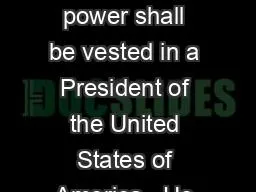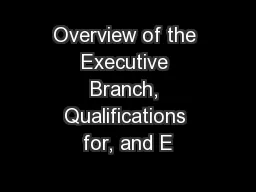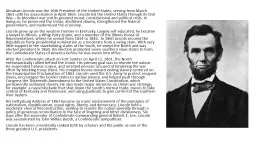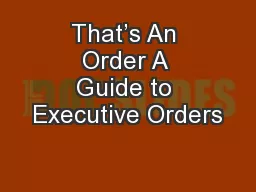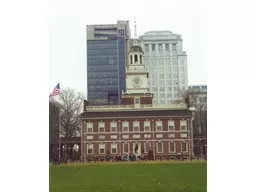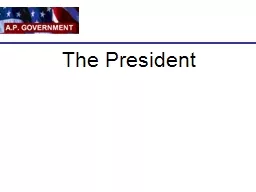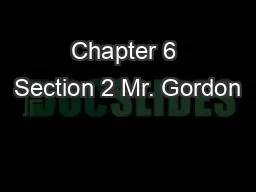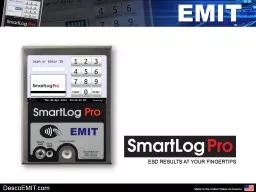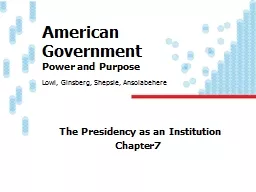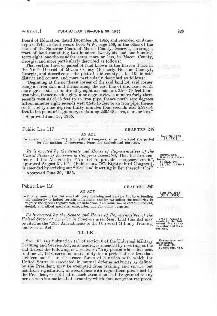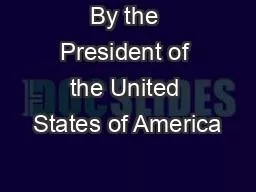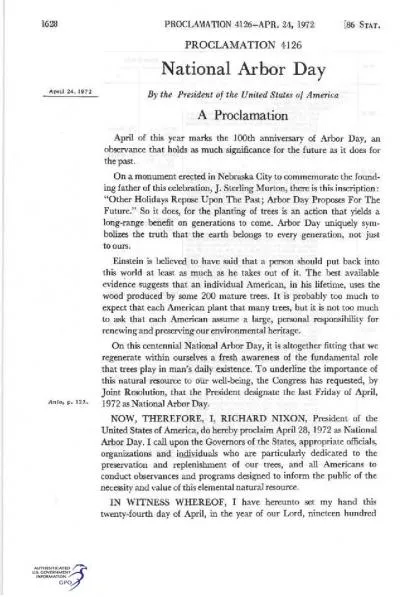PPT-“The executive power shall be vested in a President of the United States of America.
Author : shoffer | Published Date : 2020-08-05
Article II Section 1 Executive Branch Constitutional Requirements to be President Constitutional Requirements to be President Natural born Citizen 35 years old
Presentation Embed Code
Download Presentation
Download Presentation The PPT/PDF document "“The executive power shall be vested i..." is the property of its rightful owner. Permission is granted to download and print the materials on this website for personal, non-commercial use only, and to display it on your personal computer provided you do not modify the materials and that you retain all copyright notices contained in the materials. By downloading content from our website, you accept the terms of this agreement.
“The executive power shall be vested in a President of the United States of America.: Transcript
Download Rules Of Document
"“The executive power shall be vested in a President of the United States of America."The content belongs to its owner. You may download and print it for personal use, without modification, and keep all copyright notices. By downloading, you agree to these terms.
Related Documents

